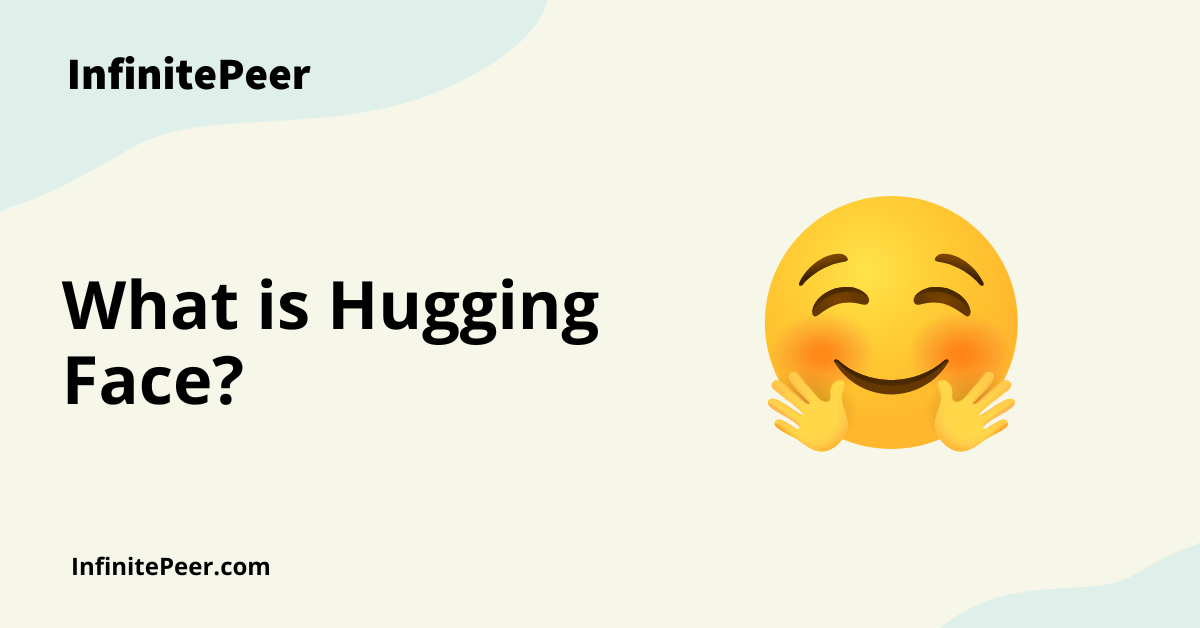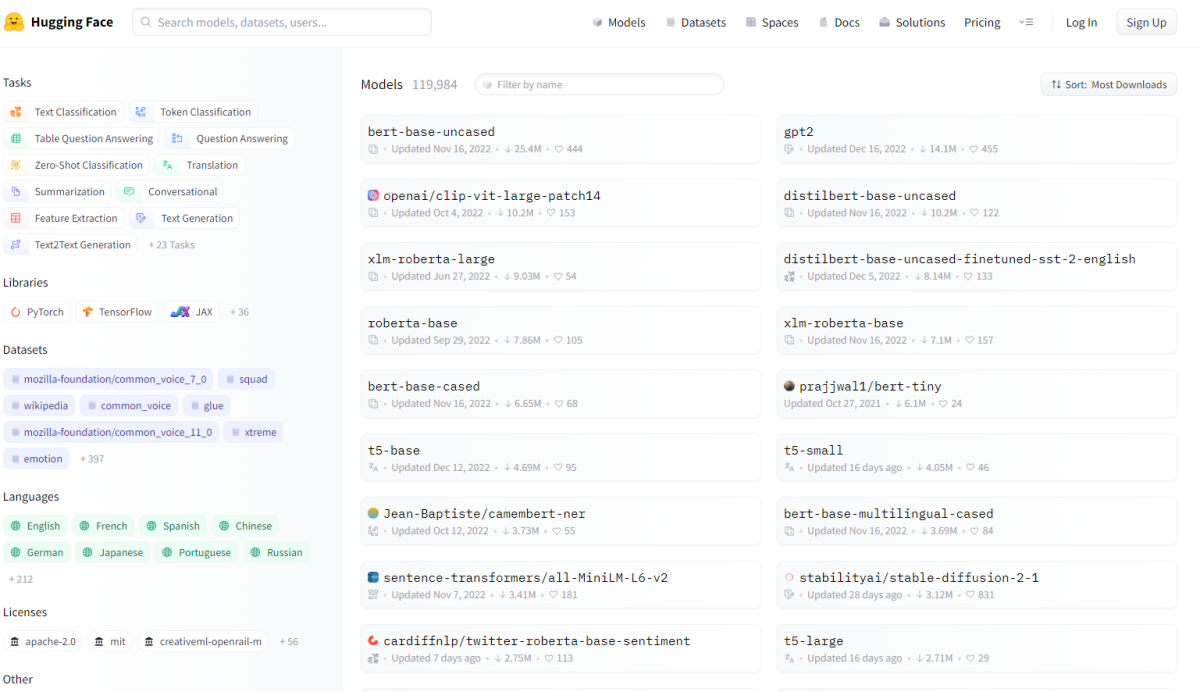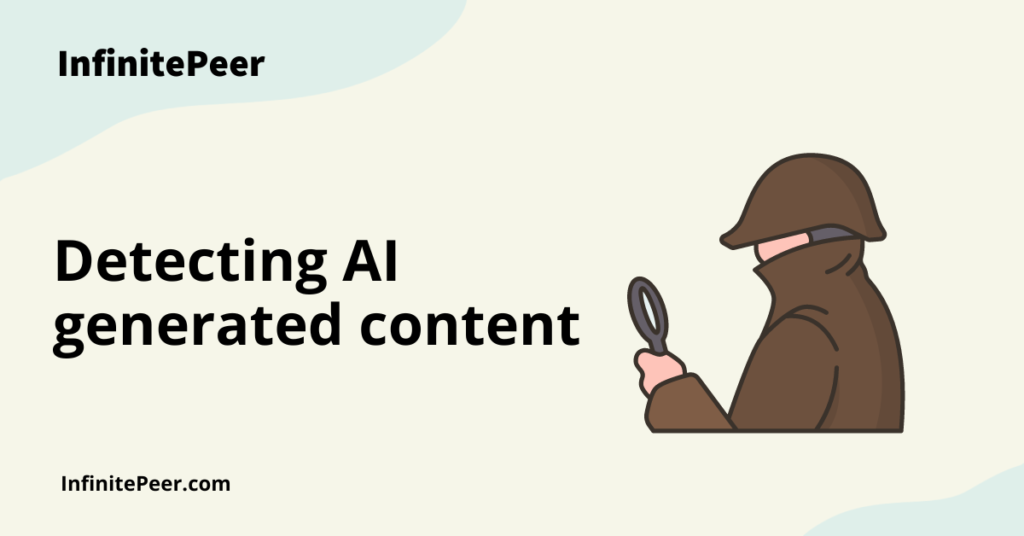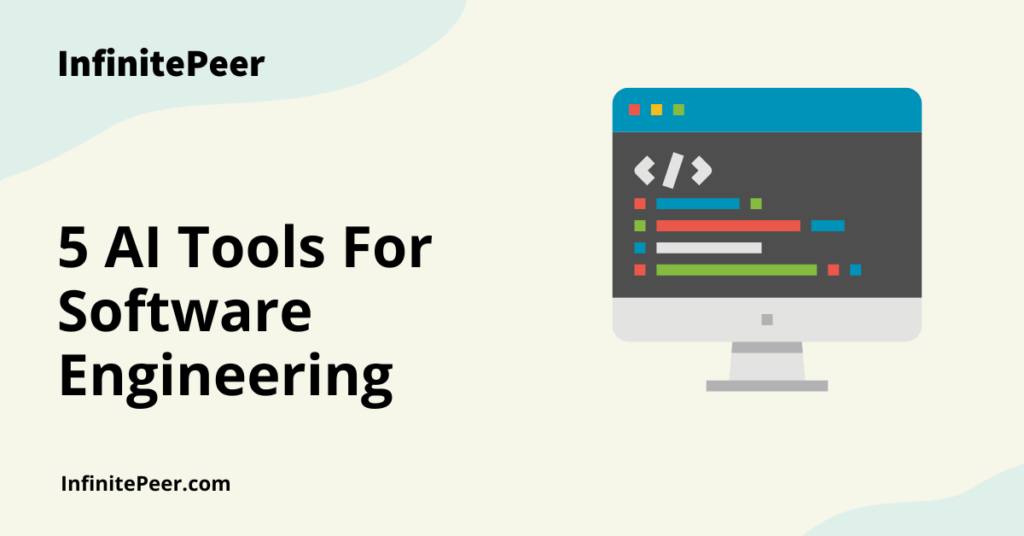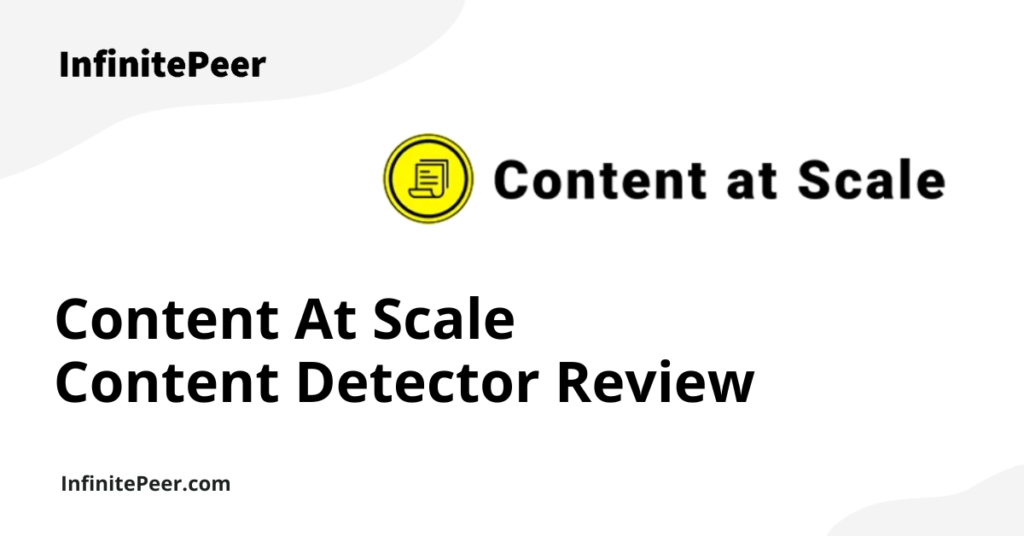Hugging Face is a community-driven hub for AI developers and researchers. It is a platform that makes it easy to deploy Natural Language Processing (NLP) models. Hugging Face was started in 2015 in New York City. Since then, it has become well-known for its NLP tools and models. And if you wonder what NLP is, for starters, it is the same technology that lets you interact with Google Assistant, Apple Siri, Alexa, and Windows Cortana.
Additionally, these NLP models have already been trained on a variety of tasks. From language translation to text summarization to question answering, you can easily fine-tune them to your specific use cases. And what is even better is how these models are available through its open-source framework (known as “Transformers”), which is built on top of PyTorch, a Python programming suite.
How did Hugging Face get started?
The story of the $2 billion company is a bit unusual. Initially, Hugging Face launched a chatbot app for the iPhone. This app generated artificial selfies and cracked jokes—an attempt to add humor to life. And this explains why they have this hugging face emoji as the company’s logo.
However, Hugging Face never made any real money up until 2018. This is when the company shared some of its code online for free. And their code was so efficient that even big-tech giants like Microsoft and Google began to use it for developing their own solutions.
Seeing this, Hugging Face retired from being a chatbot company to start as a platform that provides ready-to-use AI models on the go. So, Hugging Face became a company with the goal of using open-source technology to change the AI field. And with over 10,000+ companies using their models today, they have been successful in providing easy-to-deploy AI models in a professionally ethical and legal way.
Now that you know what Hugging Face is and how it started, let’s dig into the features it has to offer.
Features of the Hugging Face Platform
Your Repository at Hugging Face
Signing up for the Hugging Face platform is free for users wanting to be individual contributors to the community. Still, there are paid plans that might interest companies.
To give you an overview of the Hugging Face platform, the first thing you will notice after signing up is a hosted library powered by Git. It is here that you store whatever you do on the platform. You may view your activity feed or manage your profile and settings. Or you can start right away and create a new Model, Dataset, or Space. There is also a news section displaying what is trendy in the Community Forum. And if you work for an organization, you may want to jump into their respective areas and/or tap into the resource section for documentation and tutorials.
Save and Deploy Ready-to-use Models on the Go – or Create Your Own!
The Model section is a Git-hosted repository. When you Create a New Model, all of the related ML (machine learning) code files, models, and details that were already in your personal Git library will be linked to it and/or stored in it. This feature has a lot to offer. You get to update your code and offer new versions to those using it. You also get to choose the visibility of your model: either make it public and let the community use it or keep it personal—your call. One of the most popular models is it’s AI detector!
Use a Library of Free and Open-access Datasets
Data is gold for AI engineers. And when the data has been both cleaned and structured, who in their right mind would not use it? Yes, Hugging Face also provides users with open-access data that they can use to develop any new model, new use case, or AI-powered solution.
The Spaces Section Helps you Shine!
If you are an AI engineer looking for a job, you are definitely going to need a portfolio showcasing your best work. And just like GitHub, Hugging Face provides you with a Space where you can add all the models you created, projects you collaborated on, and all the other exciting work you are currently into. This is the best way to demonstrate your capabilities and, at the same time, show that you actively collaborate with others around you.
Get Hundreds of Community Models for Free
There are thousands of community models that can be used by anyone outside of your personal or organizational repository. Approximately 70% of these models have been built in PyTorch, but they can be easily integrated into other ML libraries like TensorFlow and TensorFlow Lite.
Tasks Make Navigation Easier
You might be wondering if there is a section where you could get details about Models that relate to your domain or to the use cases you are trying to develop. HuggingFace saves you the hassle of navigating through hundreds of models. In the tasks section, you can see all the models that are relevant to your AI task in a curated, visual way. It also gives you the documentation, code script, and links to small YouTube tutorials on what the model is, how to use it, and its possible use cases.
Benefits of using Hugging Face
Get Pre-trained NLP Models – Just Tune them to Your Use Case
Of course, this had to be the first on the list. Why? Because it saves you time and resources to hire an expert AI engineer to develop an AI model from scratch. Those who might have already worked on AI projects know how long and tiresome the model training phase can get. Hugging Face is extremely useful for this reason alone. Just select a model, tune it to your specific use case, and you are good to go—now this seems easy, right?
Interactive User Interface Delivers Optimal User Experience
Hugging Face is made even better by the excellent user experience. The library is made to be easy to use and can be added to many different programming languages, such as Java, Python, and JavaScript. The API is intuitive and easy to use, making it accessible to developers of all skill levels.
An Extensive Community to Help You Along the Way!
Artificial intelligence is a technology that gets better with combined effort and shared experiences. And not even the tech giants can solve AI-related problems on their own. Hence, Hugging Face addresses this challenge by providing a community-driven AI hub. This is a central place where anyone may share, explore, and collaborate on models and datasets. There is also a community forum where people can share their stories and seek assistance.
Open-Source Collaboration Makes Hugging Face an Outstanding AI platform
Being an open-source AI platform, anyone may use any model from Hugging Face’s open-source library. Hence, enabling developers and researchers to not only add to the knowledge pool but also to collaborate with each other on various projects. This is just how OpenCV and OpenAI work, and the results of such collaboration are state-of-the-art AI suites like DALLE-2, ChatGPT, Stable Diffusion and others that are making the AI revolution a reality. Users, therefore, get updated and upgraded models along with full community support, gaining valuable insights into issues from leading AI experts and developers.
Tutorials, Documentation, and More to Help You Getting Started with Hugging Face
Hugging Face offers a number of tutorials and documentation to help developers get the most out of their NLP models.
Hugging Face Supports Many Languages
The library supports a wide range of languages, including English, Spanish, French, German, Italian, Portuguese, Chinese, and many more.
